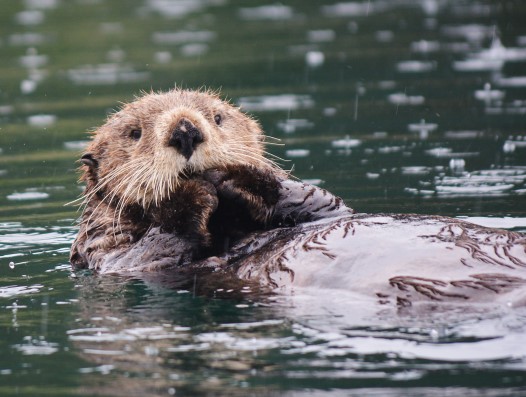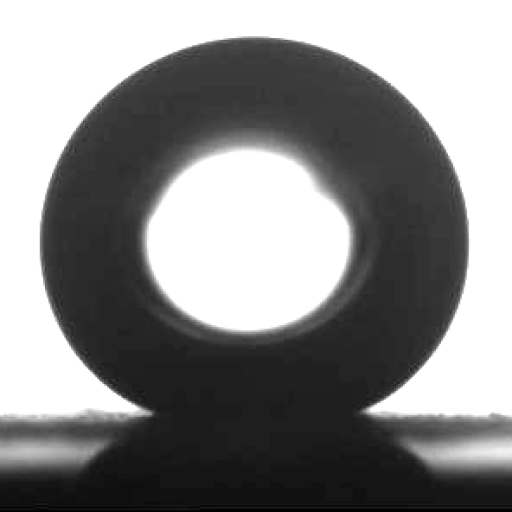Mammals and Marsupials


Many mammals and marsupials have fur that does not wet. Although they become wet when in water and rely on fat under their skins to keep them warm, some carry a layer of air inside their fur. In the videos below, bubbles can be seen escaping from the coats of the otter and the platypus as they swim underwater.
This is because their underlayers do not become wetted straight away. It has been suggested that platypuses use the air in their coats to extend their dives, but they seldom dive for long periods, so this may not be true. An undoubted advantage is insulation against the cold, with otters being the best at this. The mechanism is limited to relatively shallow dives and the fur has to be dried and preened if some water gets in, which explains why whales and seals use blubber instead as their main insulation.
Further reading
See Marine Mammal Biology: An Evolutionary Approach, A. Rus Hoelzel: Google Books link.
